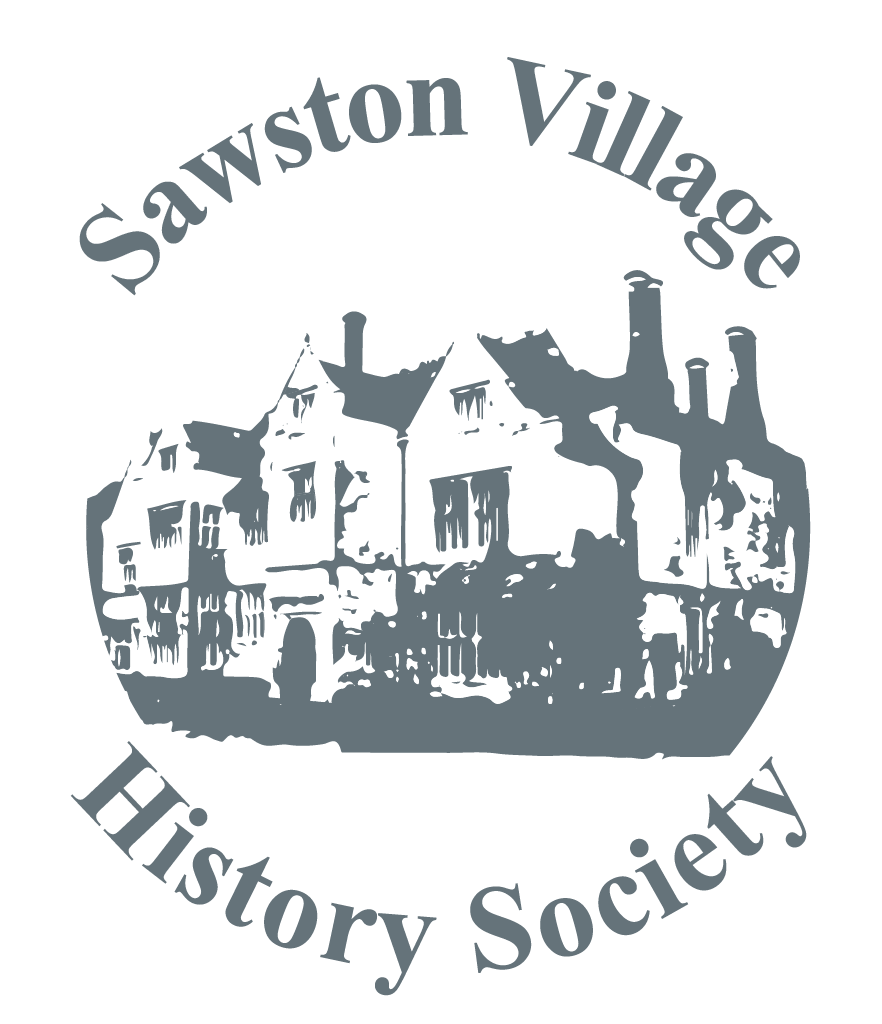
The speaker at the meeting on December 8 was Dr Seán Lang, who spoke about the Zulu Wars of 1878-79.
He explained that the initial settlers in South Africa were the Dutch, who were then pushed northwards by the British who used Capetown as a base for supplying India. The Zulu, lived on the eastern coast and their chief Shaka had transformed his people into a military society with trained warriors skilled in the use of the assegai and in the tactic known as the buffalo’s horns. The Dutch saw the Zulu as enemies but the British were on good terms with them and attended the coronation of Cetshwayo in 1873.
When the Dutch republic of the Transvaal became bankrupt, the British took it over and hoped to build a federation in South Africa. This event brought British territories closer to the Zulu and the official Sir Bartle Frere, the man on the spot, suspected them of hostile intentions.
An issue arose when some Zulu warriors crossed the boundary into British territory to recapture two adulterous Zulu wives who had left Zululand with their lovers. The women were taken back to Zululand and strangled. Frere believed the British must exact retribution or be seen as weak so he sent Cetshwayo an ultimatum with a list of demands which would have destroyed Zulu power. Cetshwayo refused to accept so the British had their excuse to invade.
The military commander, Lord Chelmsford, had no opinion of Zulu military ability and made a three-pronged attack aiming to capture Cetshwayo’s capital at Ulundi. He led the central prong and disastrously split his forces, leaving his camp at Isandlwana open to the Zulu attack. The camp was wiped out as Zulu tactics were very effective on open ground. A British base at Rorke’s Drift was able to repel a Zulu attack as it was fortified and the soldiers used biscuit boxes and mealie bags to shore up the defences. This success was a great relief to the British and led to the award of 11 Victoria Crosses.
Chelmsford’s second expedition was successful in capturing Ulundi by using a square formation against the Zulu and Cetshwayo’s power was broken. He later visited England and was greeted as a celebrity.
Seán also pointed out the ways in which the film Zulu was less than accurate in its depiction of the characters involved at Rorke’s Drift.
Mary Dicken